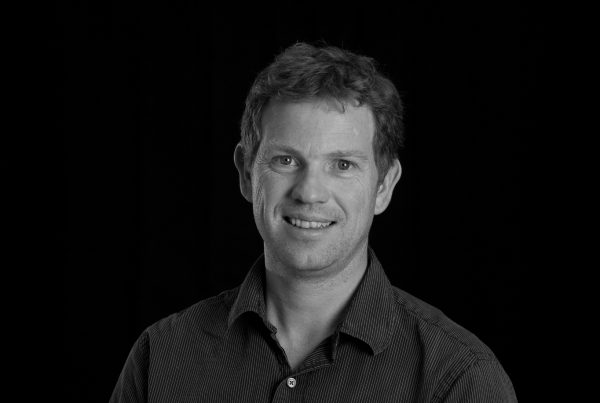Prof. Frank Koppens is group leader at the Institute of Photonic Sciences (ICFO). The Quantum Nano-Optoelectronics Group, led by Prof. Koppens, is at the forefront of exploring the fundamental science and potential applications of heterostructures of stacked and twisted two-dimensional (2D) materials. The group integrates the realms of nanophotonics, 2D materials, topology, emerging phenomena, and strong light-matter interactions, creating a multidisciplinary approach in their research.
Koppens has received the ERC starting grant, the ERC consolidator grant, and five ERC proof-of-concept grants. Other awards include the Christiaan Hugyensprijs 2012, the national award for research in Spain, the IUPAP young scientist prize in optics, and the ACS photonics investigator award. Since 2018 Koppens is on the Clarivate list for highly cited researchers, in the physics category, and in 2022 he has been elected as fellow of the American Physical Society.
